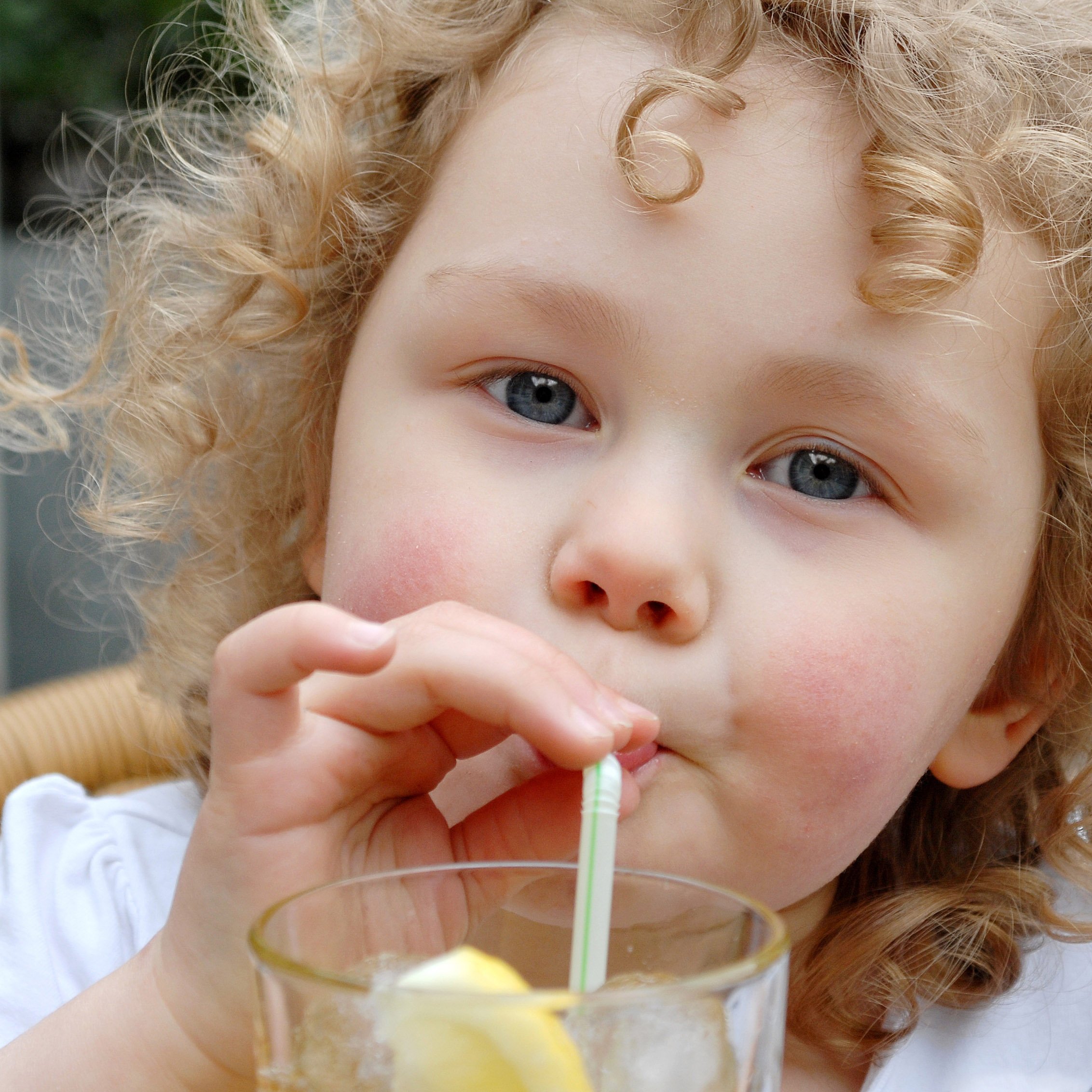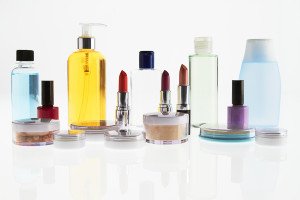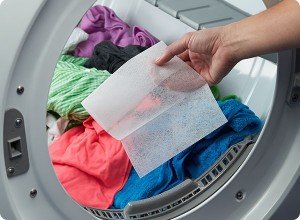New Report Suggests Widespread Exposure of Arsenic in Apple Juice
3 min read
According to a new Consumer Reports (CR) investigation, common brands of apple juice and grape juice—which children across America drink by the gallons—may have levels of arsenic that are high enough to increase the risk of chronic illnesses like cancer, diabetes and heart disease over time.
“Arsenic inhibits natural metabolic processes in the body by blocking essential minerals,” commented Rik Deitsch, author of the book Invisible Killers. “People exposed to even low levels of arsenic over time can develop fatigue, confusion, hallucinations, impaired memory, and emotional issues; while long-term exposure can lead to the development of numbness in the hands and feet that may progress to a painful ‘pins and needles’ sensation. Recent studies have also reported decreases in intelligence scores of arsenic-exposed children. Lastly, arsenic is a known carcinogen with skin tumors as the most common form of arsenic-related cancer,” he continued.
In the test of 88 samples of brands of apple juice and grape juice, investigators found that roughly 10% of the samples (from 5 brands) had total arsenic levels exceeding 10 parts per billion (ppb)—the federal arsenic limit for bottles water. One of four samples also had levels of lead exceeding the bottled-water limit of 5 ppb.
While the government has no standard for arsenic or lead in apple juice or grape juice, these findings and the urging of Consumers Union (CR’s advocacy arm) and other consumer groups has prompted the Food and Drug Administration to consider lowering its standards for levels of arsenic allowed in apple juice to crack down on the contaminant.
Researchers think contaminated soil is a likely source of the arsenic in apple juice, which helps explain why the toxin is found even in juices made from 100% organically grown apples.
As for the question of whether Americans drink enough apple or grape juice to see elevated arsenic levels or associated health effects, the CR study sought an answer by commissioning an analysis of 2003-08 data from the National Health and Nutrition Examination Survey, which tracked what people ate and measured arsenic levels in participants’ urine to gauge their exposure. CR reported:
The resulting analysis of almost 3,000 study participants found that those reporting apple-juice consumption had on average 19% greater levels of total urinary arsenic than those subjects who did not, and those who reported drinking grape juice had 20% higher levels.
The results might understate the correlation between juice consumption and urinary arsenic levels because NHANES urinary data exclude children younger than 6, who tend to be big juice drinkers.
So what’s the parent of a toddler to do?
Over the years, the activated mineral featured in Natural Cellular Defense (clinoptilolite) has been proven to be effected in removing 98% of arsenic in ground and drinking water.
Here’s a sampling of some of the hundreds of clinical studies available:
- Uptake of arsenite and arsenate by clinoptilolite-rich tuffs
- Application of natural zeolites for preconcentrationof arsenic species in water samples
- Arsenic sorption by modified clinoptilolite–heulandite rich tuffs
- Evaluation of Some Natural Zeolites and Their Relevant Synthetic Types as Sorbents for Removal of Arsenic from Drinking Water
“The clinoptilolite form of zeolite found in Natural Cellular Defense has been shown to have a high affinity for inorganic arsenic. Using the product has been demonstrated clinically to greatly enhance the excretion rates of arsenic along with other heavy metals and toxic substances,” Deitsch concluded.
With no provisions in place by the FDA to regulate chemical exposure in fruit juices, it’s up to you.



